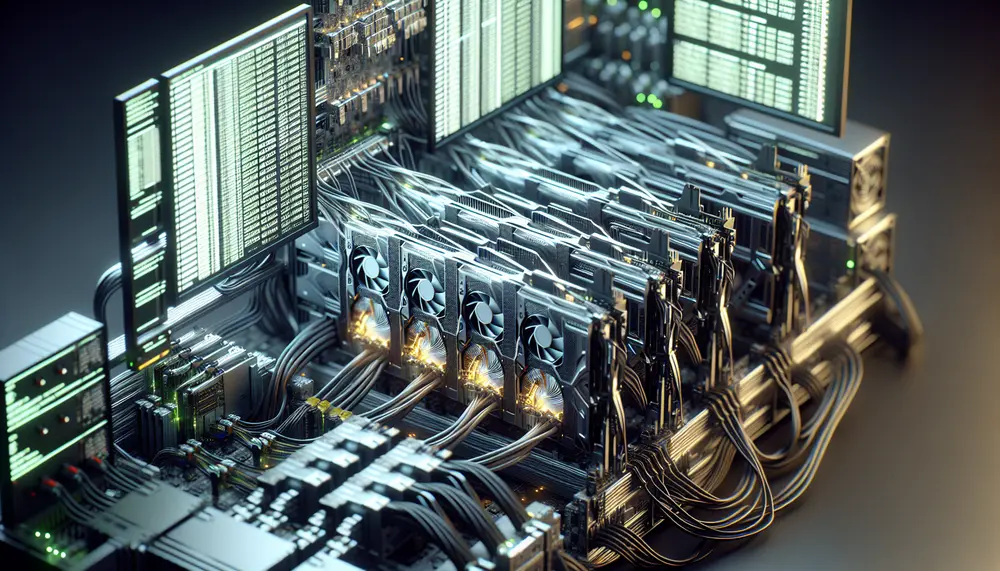Overclocking
Overclocking
For anyone navigating through the fascinating world of Bitcoin Mining, the term 'Overclocking' may raise some questions. What does this term mean in the Bitcoin Mining context? Let's explore it together.
Understanding Overclocking
Overclocking refers to pushing your computer hardware beyond its factory settings, enhancing its performance. In the context of Bitcoin Mining, it specifically refers to running your Graphic Processing Unit (GPU) or Application-Specific Integrated Circuits (ASIC) past their top speed, enabling miners to generate more power, subsequently increasing the chances of solving complex mathematical problems to earn Bitcoin rewards.
The Essence of Overclocking in Bitcoin Mining
The faster your hardware can hash, the higher your mining power and the more Bitcoin you stand to earn. However, Overclocking is not a simple process; it requires a careful balance to maintain the hardware's stability and longevity while maximizing its power. If not done correctly, it could damage your hardware permanently.
Risks Involved in Overclocking
While Overclocking can boost mining power and potential profit, it comes with its risks. Overclocked hardware tends to overheat, which could lead to a shortened lifespan or even immediate hardware failure. Therefore, effective cooling solutions and continuous monitoring are necessary when pursuing this approach.
Should I Overclock my Mining Rig?
Whether one should overclock their mining rig is a decision dependent on each miner's specific circumstances. The cost and availability of power, heat management capabilities, and the longevity versus mining power equation all need consideration. Remember, always form a careful strategy before you attempt Overclocking in the adventurous world of Bitcoin Mining.
Blog Posts with the term: Overclocking

This guide provides a comprehensive overview of setting up an Ethereum mining rig, covering essential components like GPUs and motherboards, as well as key concepts such as Proof of Work (PoW) and hashrate. By the end, readers will understand how...
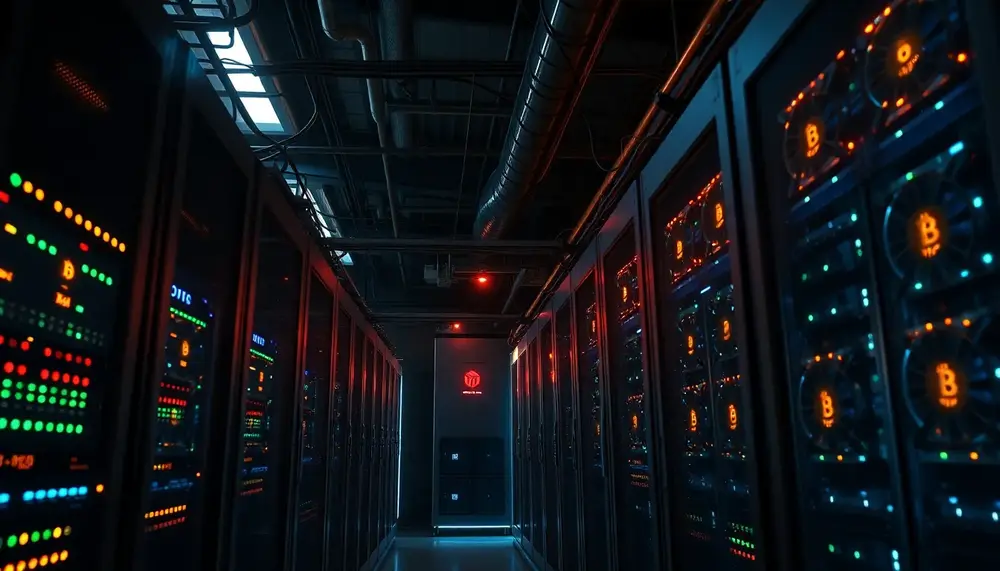
A mining pool is a collaborative group of miners who combine their computational resources to increase the likelihood of successfully mining cryptocurrency blocks and sharing rewards, essential due to the high power demands that make solo mining nearly impossible. Setting...
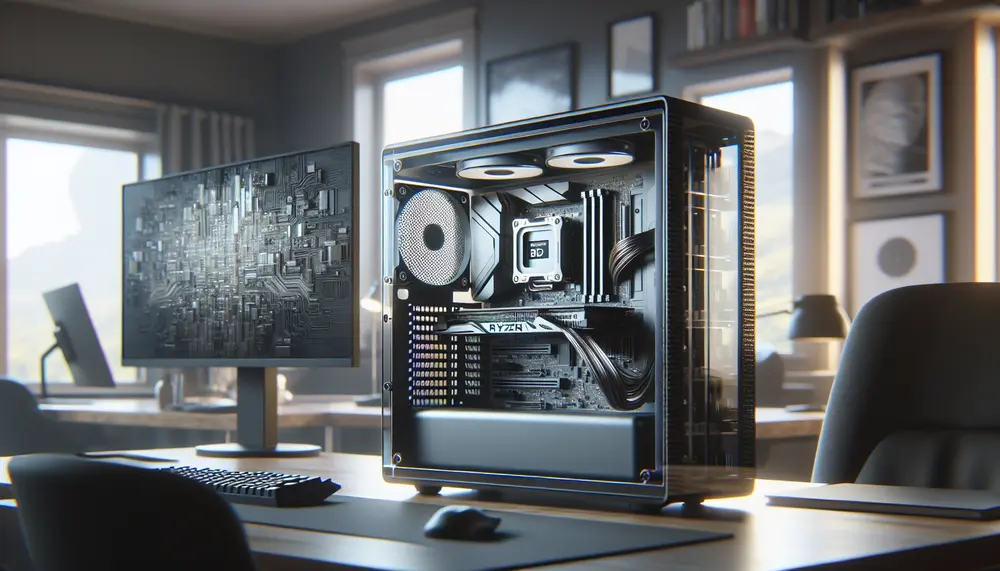
Monero mining on AMD Ryzen CPUs is popular due to their high performance and efficiency; this article provides a guide for optimizing these processors, covering hardware selection, BIOS settings, and software configuration to maximize mining profitability. Key considerations include core...

Crypto mining on a Mac is possible but requires careful planning due to hardware limitations and software compatibility issues. To optimize performance, choose the right mining software like CGMiner or MacMiner, manage background processes, update your system regularly, and consider...
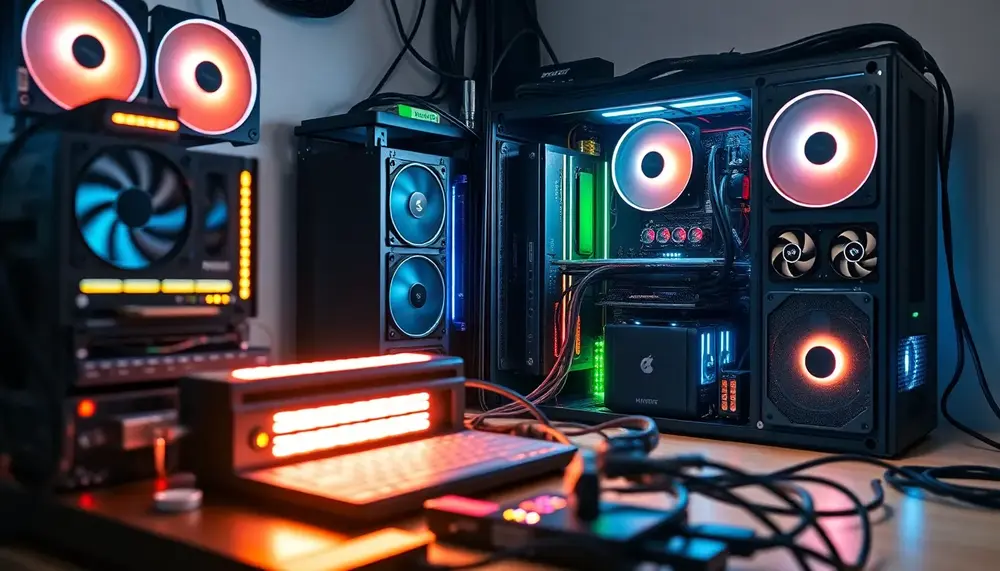
Setting up a crypto mining server involves selecting optimal hardware like GPUs or ASICs, building infrastructure with adequate power and cooling, installing suitable software, and ensuring legal compliance for efficient operations. This process requires careful planning to optimize performance while...
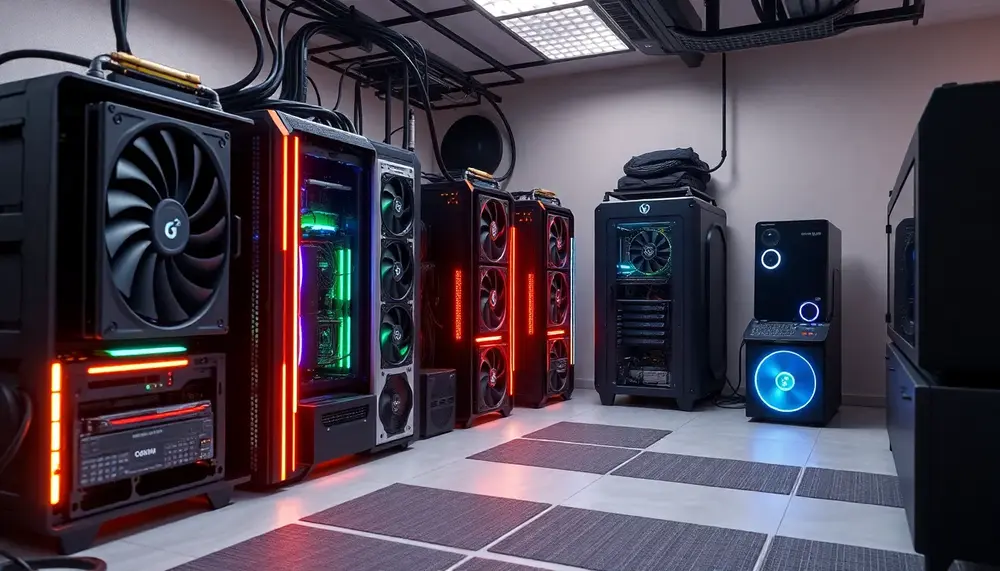
Monero mining requires understanding hashrate basics, choosing the right CPU-focused hardware due to its RandomX algorithm, optimizing software like Xmrig for performance, and continuously monitoring system metrics such as temperature and power consumption to ensure efficiency....
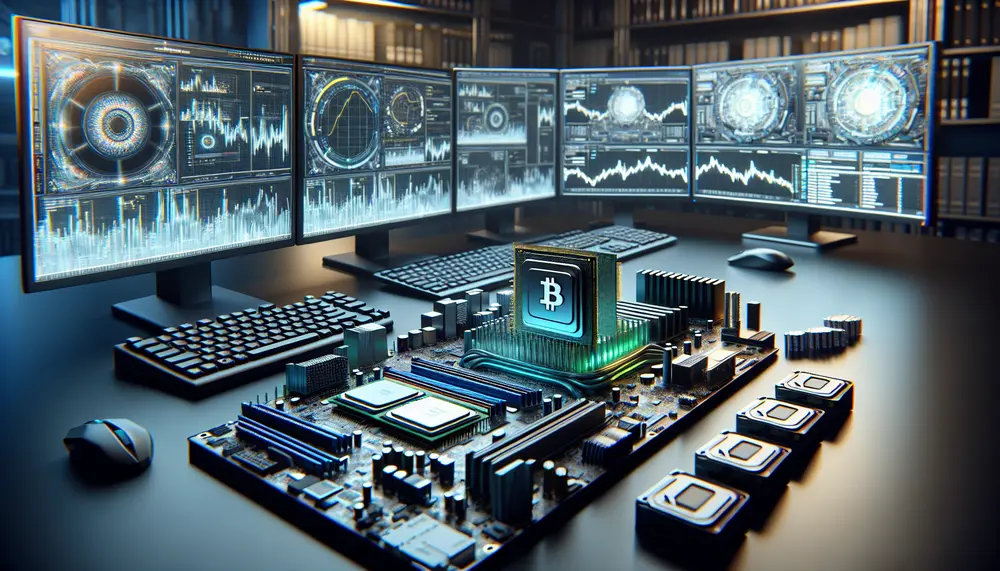
Monero mining with Intel i7 processors is efficient due to the RandomX algorithm optimized for CPUs, and this guide covers choosing the right model, setup steps, and optimization techniques. Key benefits include increased hashrate, improved energy efficiency, extended hardware lifespan,...

This guide provides a step-by-step tutorial for building a powerful PC specifically designed for Dogecoin mining, covering essential hardware components like GPUs, CPUs, motherboards, PSUs, RAM, storage solutions, and cooling systems. It also explains the basics of Dogecoin mining including...
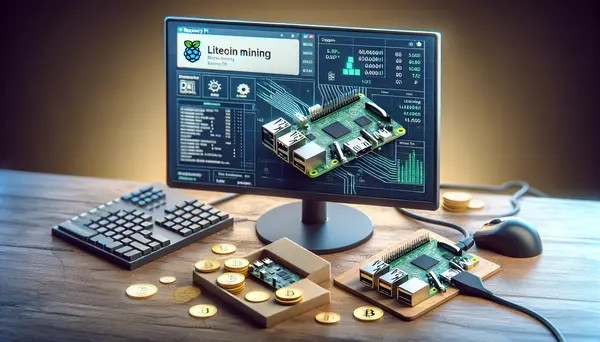
Litecoin mining, similar to Bitcoin but using a different hashing algorithm called Scrypt, can be done with Raspberry Pi. Despite not delivering high-performance output like dedicated mining rigs or high-end computer systems, the low-cost and energy-efficient Raspberry Pi is an...

The article provides a comprehensive guide on using XMRig for Bitcoin mining, covering everything from setting up a wallet to configuring the software. It highlights XMRig's features such as cross-platform compatibility and support for both CPU and GPU mining, making...

Monero mining with XMRig involves using your computer's processing power to solve mathematical problems that validate transactions on the Monero network, earning you Monero coins in return. This guide covers setting up a Monero wallet, choosing a mining pool, downloading...
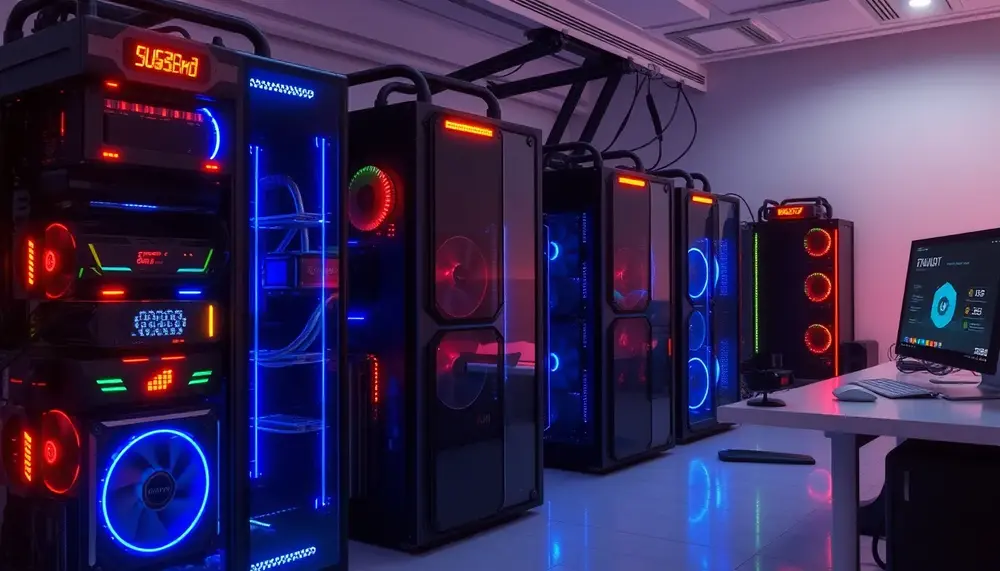
Verus mining pools leverage the VerusHash algorithm to offer fair and efficient cryptocurrency mining, allowing even those with regular hardware a chance at rewards; choosing the right pool involves considering factors like fees, payment systems, server locations, and community support....

Choosing the right crypto mining OS is essential for maximizing efficiency and profitability, with options like Hive OS, minerstat OS, RaveOS, and SimpleMining OS offering unique features tailored to different needs. These specialized operating systems provide tools for performance optimization,...
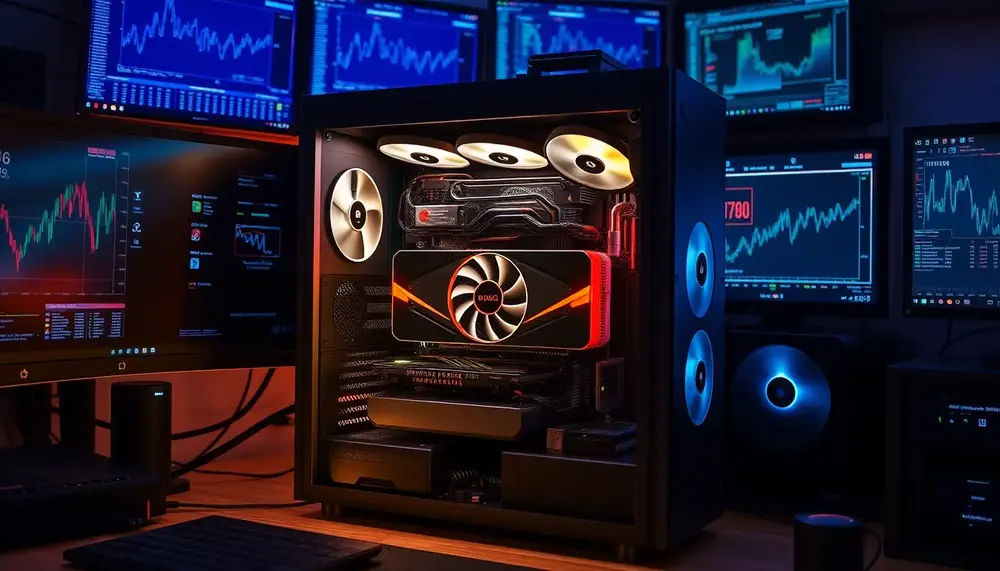
The RTX 3060 offers a variable hashrate from 20 to over 100 Mh/s depending on the algorithm, impacting mining profitability through power efficiency and consumption; maximizing profits involves managing electricity costs, overclocking carefully, selecting profitable coins, and possibly joining a...

